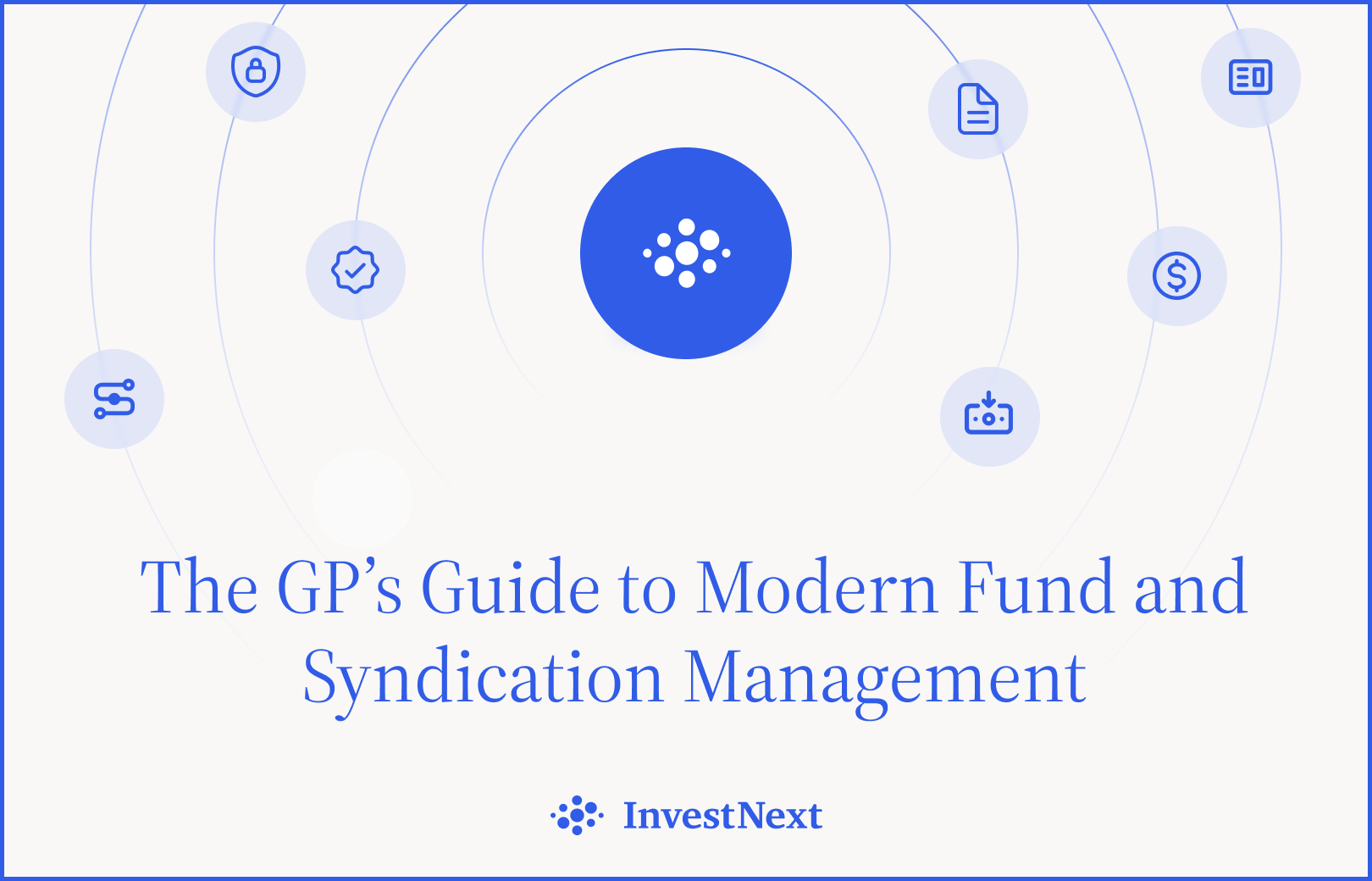How to invest in real estate without buying a home is a question often posed by savvy investors. The real estate market offers several investment vehicles that enable participation without the need for direct property ownership. Understanding these alternatives is crucial for real estate investors, investment firms, and individuals looking to diversify their portfolios. Here, we explore some of the most popular and accessible options.
Real Estate Investment Trusts (REITs)
- REITs are companies that own, operate, or finance income-producing real estate across a range of property sectors.
- Investors can buy shares in these trusts, similar to stocks, allowing easy entry and exit from the real estate market.
Crowdfunding
- This is a newer form of investing, where individuals can invest in real estate projects through online platforms.
- It opens doors to investing in larger projects, typically inaccessible to individual investors.
Real Estate Mutual Funds
- These funds pool money from multiple investors to invest in a diversified portfolio of real estate securities.
- They offer diversification and professional management, reducing the risks associated with direct property investments.
Each of these vehicles presents a unique way to invest in real estate, bypassing the challenges of owning physical property. They cater to different levels of risk tolerance and investment capacities, making real estate investment more accessible and flexible. In the following sections, we delve deeper into each option, discussing their pros and cons, operational structures, and strategic considerations.

Pros and Cons
In evaluating how to invest in real estate without buying a home, it’s essential to consider the advantages and disadvantages of each investment vehicle. Real estate investment trusts (REITs), crowdfunding, and mutual funds offer distinct opportunities and challenges. Here, we analyze these aspects to help investors make informed decisions.
For REITs
Pros:
- Liquidity: REITs are traded on major stock exchanges, making them highly liquid compared to physical real estate.
- High Dividend Yields: Often, REITs distribute a significant portion of income as dividends.
- Diversification: They provide exposure to various real estate sectors.
Cons:
Market Volatility: Being tied to the stock market, REITs can be susceptible to market fluctuations.
Tax Treatment: Dividends are often taxed as regular income, which might be higher than capital gains tax.
For Real Estate Crowdfunding
Pros:
- Access to Exclusive Projects: Investors get opportunities to invest in projects that were previously accessible only to large investors.
- Potential for Higher Returns: Some projects offer attractive return rates.
Cons:
- Higher Risk: Projects can be riskier, especially if they are new constructions or in developing areas.
- Liquidity Issues: Investments in crowdfunding are typically less liquid, making it harder to exit.
For Real Estate Mutual Funds
Pros:
Professional Management: Funds are managed by professionals, reducing the burden of direct management.
Diversification: Investments are spread across various types of real estate, minimizing risk.
Cons:
Fees: Management and operational fees can impact overall returns.
Market Risk: Similar to REITs, these funds are subject to market risks and volatility.
Understanding these pros and cons is vital for investors to align their investment choices with their financial goals, risk tolerance, and investment horizons. Each option presents a unique blend of risk, return, and liquidity, shaping the investment experience in the real estate sector.
REITs: A Passive Approach
Exploring how to invest in real estate without buying a home leads us to a detailed examination of Real Estate Investment Trusts (REITs). REITs offer a passive investment approach, allowing investors to gain exposure to real estate without the complexities of direct ownership. This section delves into the structure, types, and characteristics of REITs, providing a comprehensive understanding for potential investors.
Structure and Functioning of REITs
- REITs are companies that own, operate, or finance income-generating real estate.
- They are required to distribute at least 90% of their taxable income to shareholders as dividends.
- Investing in a REIT is similar to investing in any other industry through the stock market.
Types of REITs
- Equity REITs:
- These own and operate income-generating real estate.
- Revenue primarily comes from leasing space and collecting rents on the properties they own.
- Mortgage REITs:
- They provide funding for real estate by purchasing or originating mortgages and mortgage-backed securities.
- They earn income from the interest on these financial assets.
Benefits of Investing in REITs
- Regular Income: High dividend yields make them attractive for income-seeking investors.
- Transparency and Liquidity: As publicly traded companies, they offer transparency and ease of trading.
- Diversification: Exposure to a variety of property types and geographic areas.
Risks Associated with REITs
- Interest Rate Sensitivity: Particularly for mortgage REITs, interest rate fluctuations can significantly impact earnings.
- Economic Cycles: The performance of REITs can be closely tied to the health of the overall economy.
- Property Market Fluctuations: Changes in the real estate market can affect the value of the properties owned by equity REITs.
In conclusion, REITs present an accessible and passive way for investors to participate in the real estate market. While they offer several benefits, including regular income and diversification, investors must also be mindful of the risks associated with economic and market fluctuations.

Real Estate Mutual Funds
Continuing our exploration of how to invest in real estate without buying a home, we turn our attention to real estate mutual funds. These funds offer a collective investment scheme, pooling money from multiple investors to invest in a diversified portfolio of real estate holdings. This section provides an overview of real estate mutual funds, discussing their operation, performance, and stability over time.
Overview
- Real estate mutual funds invest in securities offered by public real estate companies, including REITs.
- These funds are managed by professional fund managers who make decisions about buying and selling assets within the fund.
- The diversification within these funds can include a variety of property types and geographical locations.
Performance and Stability
- Long-term Growth: Real estate mutual funds often aim for long-term capital appreciation.
- Market Fluctuations: While these funds can be less volatile than individual real estate investments, they are still subject to market risks.
- Performance Tracking: It’s important to review the historical performance of these funds, although past performance is not indicative of future results.
Advantages of Investing in Mutual Funds
- Diversification: Reduced risk through a diversified portfolio of real estate investments.
- Professional Management: Expertise of fund managers in selecting and managing investments.
- Accessibility: Lower minimum investment thresholds make it easier for individual investors to participate.
Risks and Considerations
- Fees and Expenses: Management and operational fees can impact overall returns.
- Liquidity Issues: While more liquid than direct real estate investments, they may not offer the same liquidity as stocks or bonds.
- Market Sensitivity: Exposure to market dynamics can affect fund performance.
Real estate mutual funds represent a viable option for investors looking to tap into the real estate market without direct property ownership. They offer the benefits of diversification and professional management but require careful consideration of fees, liquidity, and market sensitivity.
Investment Strategies
Navigating how to invest in real estate without buying a home involves crafting effective investment strategies. These strategies should align with individual goals, risk tolerance, and investment horizons. This section offers insights into selecting the right investment vehicle, whether the focus is on long-term wealth accumulation or short-term income generation.
Aligning Goals with Investment Choices
- Identifying Objectives: Determine whether the primary goal is capital appreciation, income generation, or a combination of both.
- Risk Tolerance: Assess your comfort level with varying degrees of risk associated with different investment vehicles.
Long-term Wealth Accumulation
- Growth-Oriented Investments: Focus on vehicles that offer potential for value appreciation over time, like certain REITs or equity in crowdfunding projects.
- Reinvestment of Returns: Consider reinvesting dividends or earnings to compound growth.
Short-term Income Generation
- Income-Oriented Investments: Look for options that offer regular income, such as REITs known for high dividend yields or real estate mutual funds with stable earnings.
- Liquidity Considerations: Ensure that the investment allows for the liquidity needed for short-term goals.
Diversification Strategies
- Balancing the Portfolio: Spread investments across different types of real estate vehicles to mitigate risks.
- Sector and Geographic Diversification: Invest in different real estate sectors and locations to reduce exposure to market fluctuations in any single area.
Risk Management
- Understanding Market Cycles: Real estate markets have cycles; recognizing these can guide when to enter or exit investments.
- Regular Portfolio Review: Periodically assess and adjust the investment portfolio to align with changing goals and market conditions.
In summary, selecting the right real estate investment strategy requires a careful balance of objectives, risk tolerance, and market understanding. Whether aiming for long-term growth or seeking immediate income, the choice of investment vehicle should reflect individual financial goals and the willingness to manage associated risks. Diversification and ongoing portfolio management are key to navigating the dynamic landscape of real estate investing.

Final Thoughts
In summary, exploring how to invest in real estate without buying a home opens up a spectrum of opportunities for investors. From Real Estate Investment Trusts (REITs) and Real Estate Crowdfunding to Real Estate Mutual Funds, each vehicle offers unique ways to participate in the real estate market. The journey through these options highlights the importance of understanding the different investment mechanisms, their risks and rewards, tax implications, and the crucial role of diversification.
Key Takeaways
- Understanding Each Vehicle: Grasping the nuances of REITs, crowdfunding, and mutual funds is essential for making informed investment decisions.
- Risk Assessment: Each investment option carries its own set of risks, from market volatility to liquidity concerns, necessitating careful consideration and due diligence.
- Tax Planning: Being aware of the tax implications associated with each investment type is crucial for optimizing returns.
- Strategic Diversification: Diversifying across various real estate investment vehicles and sectors can mitigate risks and enhance portfolio stability.
- Regular Portfolio Review: Continuous assessment and adjustment of your investment strategy are vital in response to changing market conditions and personal financial goals.
Take the Next Step with InvestNext
Ready to take your real estate investment journey to the next level? Visit InvestNext to discover a platform that simplifies and enhances your investment experience. Whether you’re looking to diversify your portfolio or seeking new investment opportunities, InvestNext offers the tools and insights you need to succeed in the evolving world of real estate investment. Start your investment journey with confidence at InvestNext, where your real estate ambitions meet opportunity.







